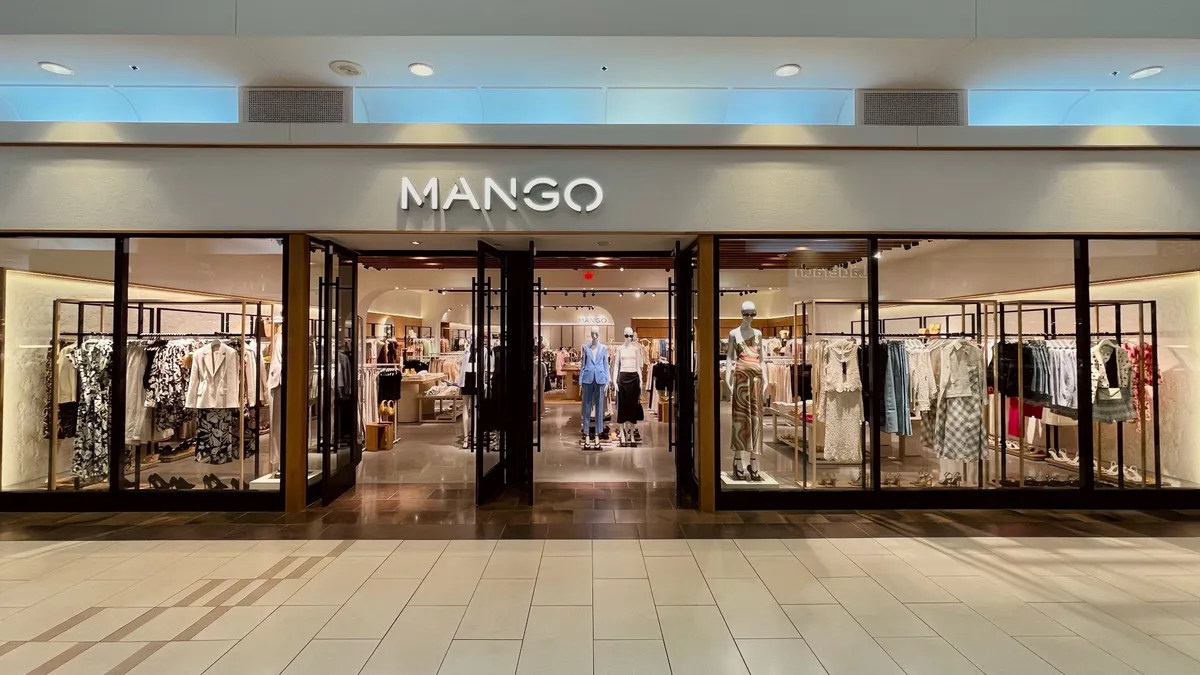For Bryan Verbarendse, Valentine’s Day 2019 begins on February 15.
It’s not that he’s overly romantic — although he may be — his job demands it. As a General Manager at Albertsons, Verbarendse is responsible for managing the movement of products from three distribution centers to about 200 stores in the U.S. southwest.
Holidays like Valentine’s Day present a unique challenge as hordes of last-minute shoppers descend upon stores, expecting to find quality gifts for their significant others. Online, in-store — it doesn’t matter — such holidays are an opportunity for local stores to maximize sales with a mix of promotions.
It’s a familiar tale for supply chain managers in the grocery and convenience store business across the United States. In fact, it’s not too different from, say, Thanksgiving — where turkeys sell in greater quantity than at any other point of the year.
Coordinating such variances in product mix sent to stores is the supply chain manager’s job. Doing so in such a way to maximize sell-through profits is the challenge. Below, a few tips from Verbarendse and others on how to plan for seasonal holidays:
Design a formula for efficient operations
Behind each flower, chocolate or promotion lies a hidden supply chain with its own constraints — and it should stay that way.
“All (consumers) want to know is, can they get into the store and get what they’re looking for,” Verbarendse told Supply Chain Dive. “They don’t know that it came in air freight into the Port of Miami then immediately got on a truck to Phoenix and that we have 48 hours to put it up on the shelf.”
Grocery chains should be proud of that. It’s the supply chain manager’s job to make it look easy, and never leave doubt that a product will be in store when the customer comes knocking.
But to do so requires an excellent supply chain design, Toby Brzoznowski, Co-Founder and Executive Vice President at LLamasoft, told Supply Chain Dive.
A retailer could in theory buy all of the products it needs in bulk ahead of time and distribute it across the network of stores. Transportation, too, could be arranged in advance – and with that, many of the supply-side costs are taken care of. All of this could be done based on historical order and performance data.
Planning for demand, however, is trickier.
“Forecasting is probably the most difficult and probably the most effective tool that we have,” said Verbarendse. “You don’t know how an ad is going to behave, or how a holiday is going to behave.”
Outside the Southwest, he adds, retailers must often also plan for changes in weather — which may vary year-to-year, making historical seasonal data even more variable. Consumers are fickle, and if Valentine’s Day falls on a rainy day, sell through is likely to dip.
If supply chains are not flexible to these shifts in demand, retailers may absorb undue losses. But in order to act upon these shifts, retailers need to ensure their execution and planning processes take into account the supply chain’s design.
“The best-in-class are really good at these,” Brzoznowski said. “Many companies might do very well at execution, but they’re executing against a bad design.”
Plan alongside other teams
It is difficult to understate the importance of coordination with other teams within the company, especially those outside Supply Chain’s purview.
Albertsons business model is decentralized, “which means our divisions get to make a lot of choices,” Verbarendse explained. He often meets with his procurement and marketing counterparts to coordinate sales for the holiday.
Often, meetings will take place months ahead of time, and multiple times a week. This preparation is important because each department knows a different piece of the puzzle. If the marketing arm wants to create a promotion, it’s often the procurement team that is most in tune with market pricing, he says.
There will be times when the supply side of the equation just won’t keep up with the demand side, and it’s just a matter of communicating the market situation clearly. Often, Verbarendse says, disagreements are not a question of “no, it’s a question of how much.”
“We’re one team pulling in one direction,” he said. “That ad — when it goes on the street — it has to be a partnership all the way through.
The advent of new technology opens the door for even better forecasts, and that data can be shared across teams to boost sell through and reduce shrink rates.
New software boasts the opportunity to incorporate machine learning, weather and even “unstructured” social media data into forecasts to yield more accurate demand-side insights.
“Having algorithms open to consume and learn from external data to pick up on trends, weather or real-time consumer insights such as store location impacts or buying habits is key,” Patty McDonald, Global Solution Marketing Director at Symphony Retail Ai told Supply Chain Dive via e-mail. “This type of technology, providing users with real science is a huge productivity gain.”
When asked if he ever considered using such dynamic tools, Verbarendse responded he doesn’t know anyone in the industry who would say no to better forecasts.
“Any of those tools we can put in front of our marketing, and merchandising and procurement teams, certainly gives us a better opportunity to fulfill consumer needs,” he said. “Yes, I have certainly thought about it.”
Even the best plans can go awry
“Even by following the basics and having good technology in place, there will be errors and out of stock items,” McDonald said.
In those times of crisis, it is up to supply chain managers to execute or, at minimum, reflect. New technologies, an efficient design and a culture of dynamic planning may minimize such errors in the long-run, but so long as there are variables there is risk.
Taking a step back, Brzoznowski says seasonal holidays are a perfect time to question whether you really have what Gartner calls a “bimodal supply chain.”
“Unless you can continuously redesign for changing market conditions, and changing demand, and all of the key factors but at the same time still run the day-to-day business, you’re going to fail,” he said. “The companies that are thriving may not have gotten the strategy right (the first time), but they’ve gotten better at being flexible.”
“For the simplicity of what we do (in the grocery business), the environment just seems to be constantly changing,” Verbarendse said. “Really take a look at what is happening around you,” he added, noting change must be met with intentional shifts.






















